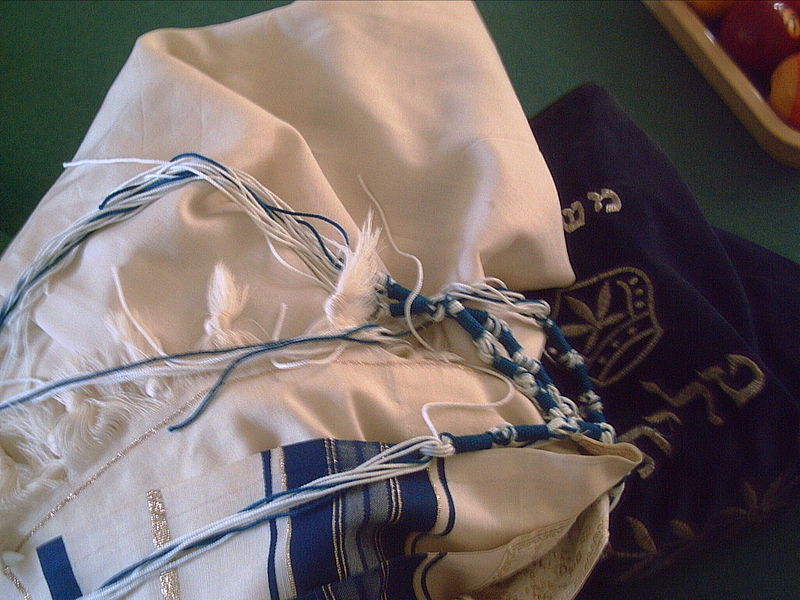
Circumcision
This is my covenant which you are to keep, between me and you and your seed after you: every male among you shall be circumcised. You shall circumcise the flesh of your foreskin, so that it may serve as a sign of the covenant between me and you. At eight days old, every male among you shall be circumcised, throughout your generations, whether house-born or bought with money from any foreigner, who is not your seed. Circumcised, yes, circumcised shall be your house-born and your money-bought (slaves), so that my covenant may be in your flesh as a covenant for the ages. But a foreskinned male, who does not have the foreskin of his flesh circumcised, that person shall be cut off from his kinspeople – he has violated my covenant! (Bereishit 17:10-14)1
The argument for the “Oral Law” is that the Yisraelites would not know how to properly perform circumcision and would be unable to understand if circumcision is permissible if the eighth day falls on Shabbat. However, we must remember that Abraham was given the mitzvah of circumcision which was given hundreds of years before Moshe ascended Har Sinai. Why would we need an “Oral Law” for a mitzvah that had been practiced for hundreds of years? In addition, circumcision was a known practice so the Yisraelites would have understood what was meant by performing a circumcision on their eight-day-old sons. As far as the idea that circumcision would potentially be forbidden work on Shabbat is a non-issue as it has already been shown that “work” refers to a creative process.
Tzitzit
Speak to B’nei Yisrael and say to them that they are to make themselves tassels on the corners of the garments, throughout their generations, and are to put on the corner tassel a thread of blue-violet. It shall be for you a tassel, that you may look at it and keep in mind all the commandments of the Eternal One and observe them, that you not go scouting around after your heart, after your eyes which you go whoring after in order that you may keep in mind and observe all my commandments, and (so) be holy to your God! (Bamidbar 15:38-40)1
The argument for the “Oral Law” is that the Yisraelites would not know what these fringes were to look like and how the blue thread is to be made. However, if one looks at peshat of the verses we see that all we need to know is contained within these verses as well as a similar passage in Devarim. The word tzitzit itself means braid as is seen in Ezekiel 8:3: “The he stretched forth the form of a hand and took me by a lock [בְּצִיצִת] of my head; and a wind carried me between the earth and the heavens and brought me to Jerusalem in Divine visions, to the entrance of the inner gate that faces northward, where the seat of the provocative Image of Provocations [stood].”2
From the very term “tzitzit” we can see that the fringes were to look like a braid of hair which look similar to chains. So, we can see from these verses that the tzitzit are to look like braided hair – similar to chains. In addition, there is no indication from these verses that a specific color or dye must be used to make the blue thread that is to be included in the tzitzit.
———————-
1Everett Fox. The Five Books of Moses. New York: Schocken Books, 1997.
2Nosson Scherman, ed. The Stone Edition Tanakh. New York: Mesorah Publications, Ltd., 2007.
